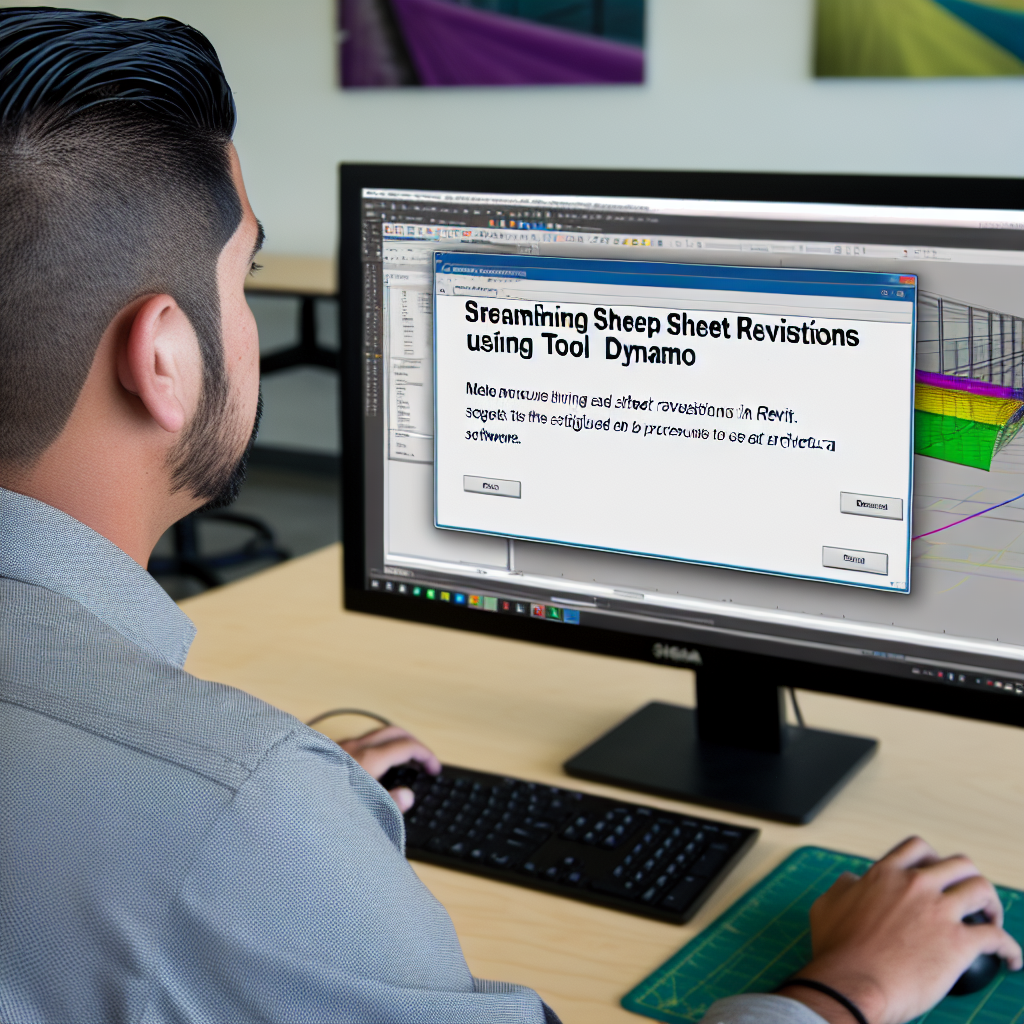Applying revisions to sheets efficiently is essential for maintaining accurate and up-to-date data in any project. Using Dynamo, a visual programming tool for Revit, simplifies this process, especially when combined with a custom user interface (UI). In this article, we’ll explore how to leverage Dynamo and custom UIs to streamline sheet revisions, saving time and reducing errors.
Automating Sheet Revisions with Dynamo
Manual revision tracking in Revit can be tedious, especially in complex projects with numerous sheets. Dynamo offers a powerful way to automate this process by creating custom scripts that can identify, update, and manage revisions across multiple sheets simultaneously. Using Dynamo’s visual programming environment, users can develop workflows that extract sheet data, compare revision statuses, and apply new revision tags with minimal manual intervention.
For example, a typical Dynamo workflow might include:
- Reading sheet properties and revision data from Revit models
- Comparing existing revisions to a set of updated criteria or external data sources
- Automatically applying new revision states or annotations to sheets
- Generating reports or logs for revision history tracking
This process ensures revisions are consistent, accurate, and efficiently applied, reducing the risk of oversight.
Creating a Custom UI for User-Friendly Revision Management
While Dynamo scripts are powerful, they can be intimidating for end-users unfamiliar with visual programming. To bridge this gap, creating a custom User Interface (UI) within Revit enhances usability, enabling users to initiate revisions and manage sheets seamlessly. Using tools like Dynamo’s “Dynamo Player” or third-party add-ins, users can design intuitive interfaces with buttons, dropdowns, and input fields tailored to specific revision workflows.
A well-designed custom UI might include:
- Select options for target sheets or view groups
- Input fields for revision notes or version numbers
- Buttons to trigger Dynamo scripts for revision updates
- Feedback panels to display progress or errors
This approach empowers team members to apply revisions confidently without needing in-depth Dynamo scripting knowledge, streamlining the entire revision process.
In conclusion, integrating Dynamo with custom UIs offers a comprehensive solution for applying sheet revisions efficiently in Revit projects. Automating repetitive tasks reduces errors and saves valuable time, while a tailored interface makes the process accessible for all team members. Embracing these tools enhances collaboration, accuracy, and project management in your architectural or engineering workflows.
